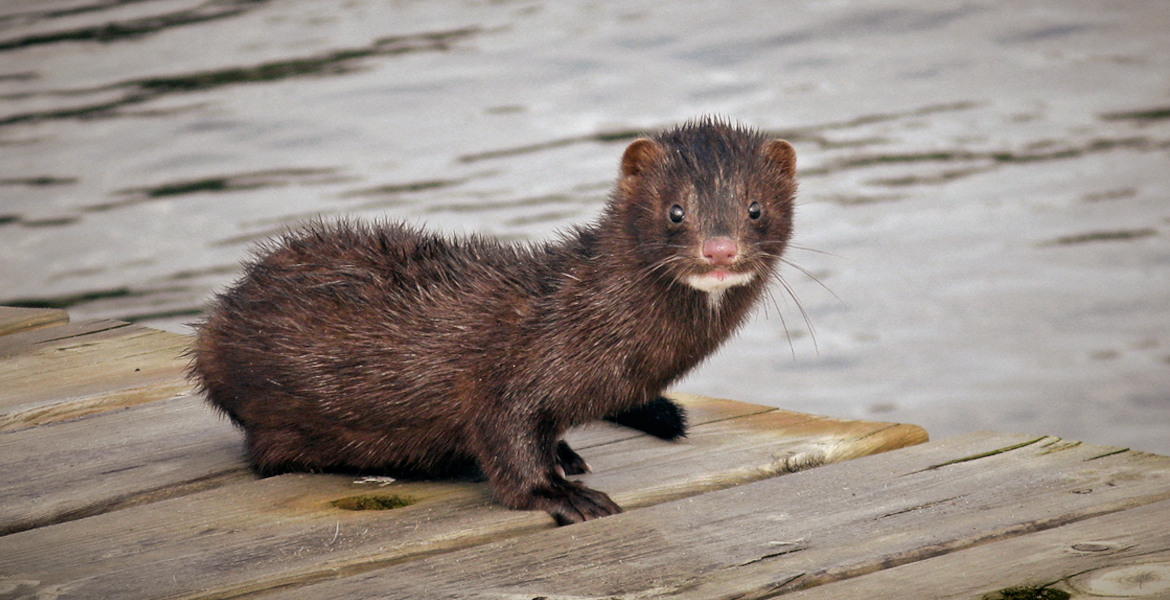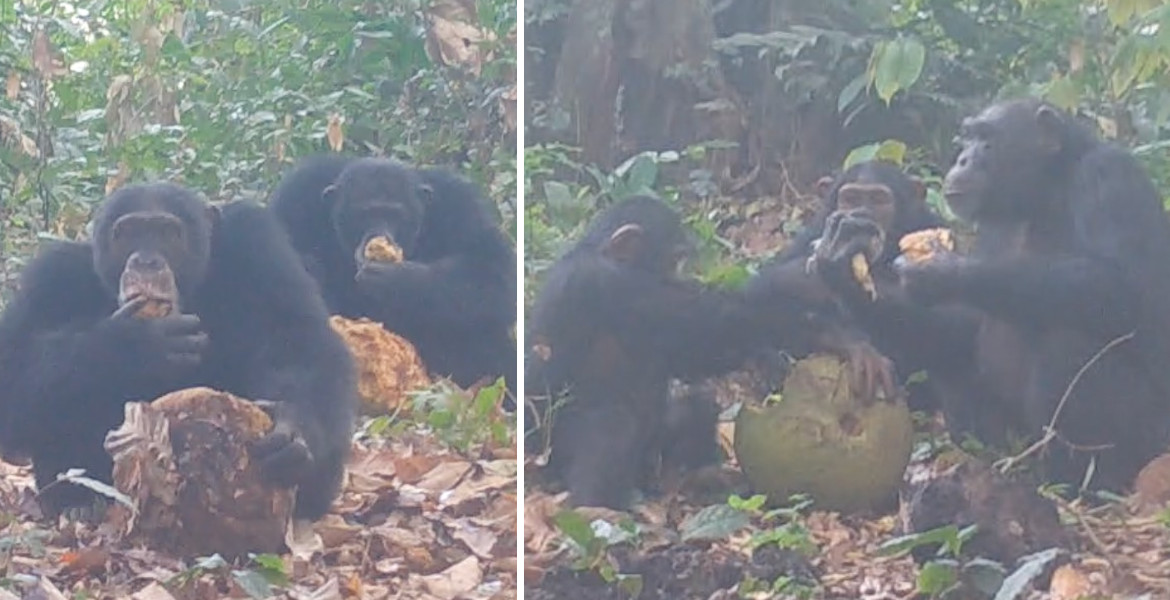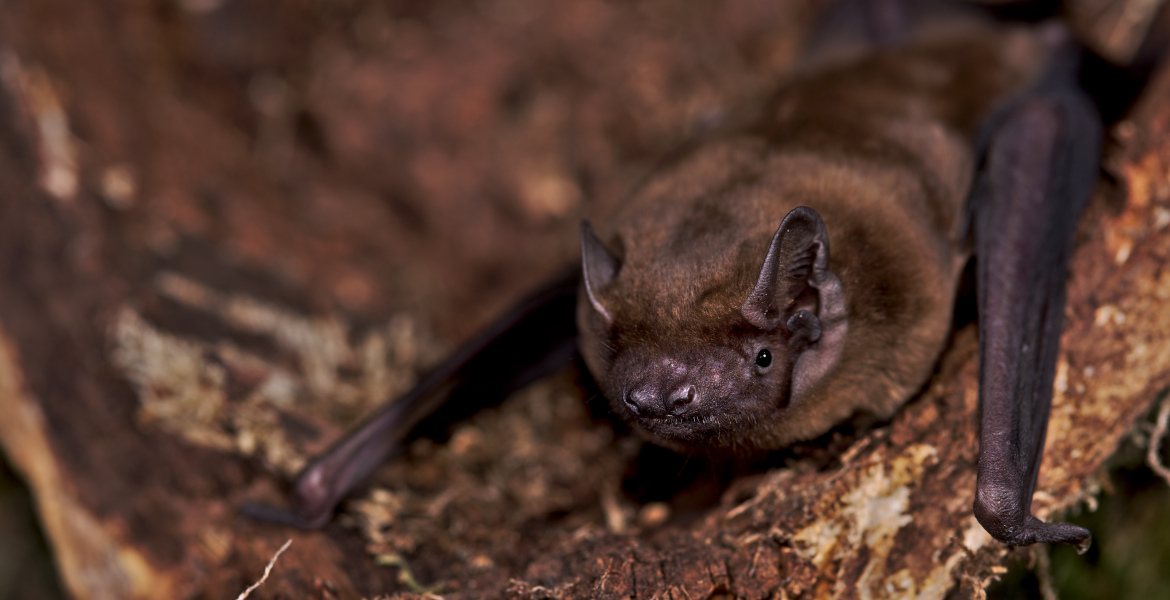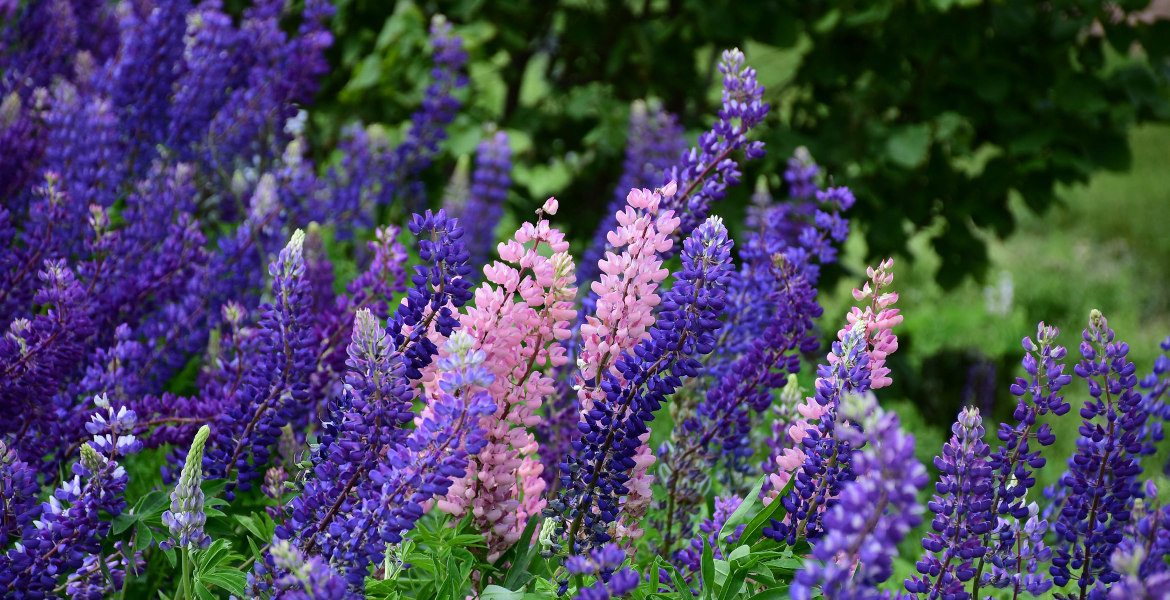A very heavy rainstorm has submerged the city of Dubai. Homes, cars, malls, and streets are flooded after more rain fell in a single day than the city usually receives in a year.
On Tuesday, Dubai, the capital of the United Arab Emirates, received a year’s worth of rain in 12 hours. The rain has turned much of the city’s streets into rivers. Parking lots are flooded, with only the roofs of cars visible, and shopping malls are partially submerged. The situation at Dubai International Airport is also precarious, with all flights canceled due to flooding. The airport is so flooded that planes trying to escape the water look like ships in the sea.
– The airport is literally filling up and there’s nowhere for anyone to go, Bilal, 25, one of those whose flight was canceled, told CNN.
In one day, the entire country received more than 142 millimeters of rain, compared to a yearly average of 94.7 millimeters. The rain was reportedly so heavy that drivers had to abandon their cars in the middle of the journey. Because the country doesn’t normally get much rain, some streets have no drains, but tankers were sent out to try to drain the city of water. Schools have been closed and many people have been forced to work from home, AP News reports.
Neighboring Oman has also been hit by heavy rains, with at least 18 deaths reported.








